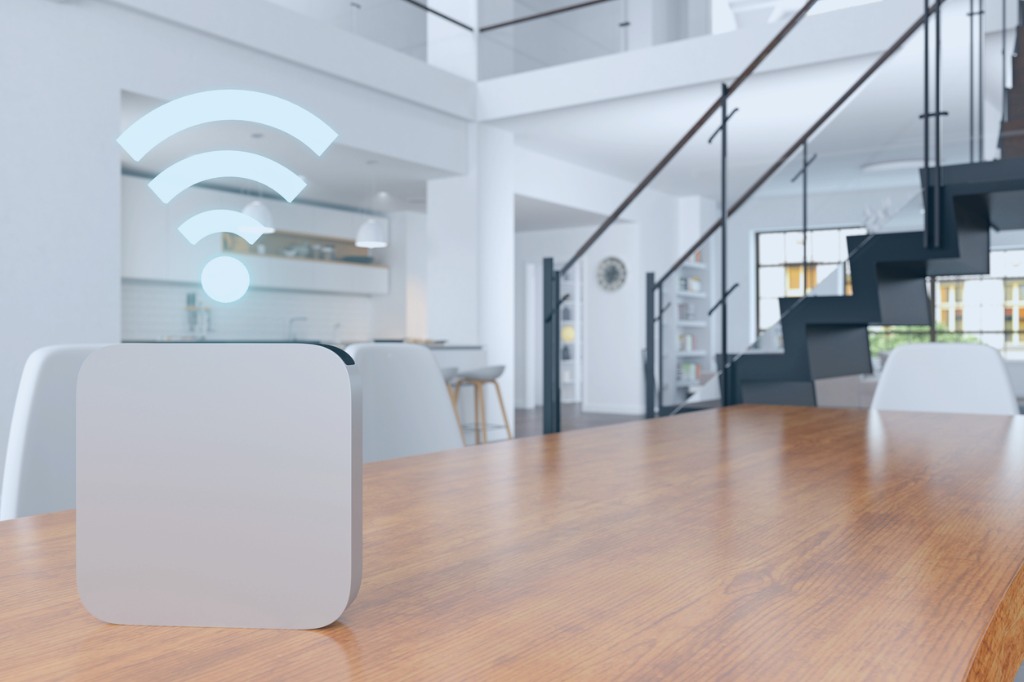Broadband Engineer
When dealing with broadband, the telephone line can be tested to see what speeds are available to you.
As a broadband engineer, specialist equipment can prove the maximum speed available to you(not your speedtest site speeds), phone your broadband provider and ask for your setting to be adjusted to enable you to get the speed you are entitled
A lot of people are un-aware that this specialist service is available outside of big companies like BT
- TELEPHONE AND BROADBAND FAULTS REPAIRED
- FIBRE BROADBAND MASTER TELEPHONE SOCKET INSTALLATION
- FULL BROADBAND DIAGNOSTIC TEST AND REPORT
- SLOW BROADBAND
- FIBRE OPTIC BROADBAND SHIFTS OR REPAIRES
- OVERHEAD TELEPHONE CABLE RELOCATION
- BROADBAND MASTER SOCKET RELOCATION
- INTERNET EXTENSION CABLING FOR HARD TO REACH WIFI AREAS
- DATA INTERNET CABLING FOR SKY Q ON DEMAND DOWNLOADS
- CONNECTING INTERNET TO TELEVISIONS AND BLUE RAY PLAYERS
- ADDITIONAL WIFI BOOSTER ACCESS POINTS SUPPLIED AND INSTALLED
- BROADBAND ENGINEER ADVICE AT THE END OF THE PHONE

Different types of broadband
ADSL Broadband
Short for Asymmetric Digital Subscriber Line. ADSL is the original type of broadband that was launched by BT and is delivered over a BT phone line. ADSL services require that you also have a working telephone service. This is the most common type of broadband in the UK. There are plenty of ADSL nowadays the most common being ADSL2+ which currently allows for speeds of up to 24Mbps. However the speeds you can achieve with all ADSL broadband types will depend on how far you live from your telephone exchange. The further away you are the lower the maximum speeds.
Cable Broadband
Cable broadband in the UK is the service provided in the vast majority of cases by Virgin Media. You don’t hear their service referred to as cable broadband very much nowadays as they brand it as “Fibre optic”. Cable broadband is actually provided over coaxial cables to your house. This does not lose speed with distance like ADSL. So connection speeds tend to be higher and less variable than with ADSL. Cable broadband does not require that you have a working phone line.
Fibre optic Broadband
Fibre optic broadband delivers broadband to your house (or very close to your house) over fibre optic cables. Which transmit the signal using light which is incredibly fast and does not degrade with distance. However many “Fibre optic” providers don’t go all the way to your house and may do the last few hundred yards over more traditional BT phone lines or coaxial cables. Fibre To The Cabinet (FTTC) broadband is only fibre optic to your nearest BT street cabinet. Then it uses your normal phone line to finish the connection. The only true fibre optic services are supplied using Fibre To The Property (FTTP) and can deliver the fastest speeds.
Mobile Broadband
Mobile broadband uses the mobile broadband network to connect you to the internet. For most people this is not the fastest or cheapest form of broadband, but is very convenient for those on the move as it is by its very nature mobile and can be used anywhere there is a mobile phone signal. In some cases it may be the only type of broadband available in very remote areas which happen to have a good mobile signal.
Satellite Broadband
Satellite broadband is the only type of broadband that is available anywhere in the country (as long as you can site the satellite dish without obstruction) and which connects to the internet via geostationary satellites. While it has universal availability the main drawback is cost, which tends to be significantly higher than other types of broadband in terms of both setup and running costs.
All the different types of broadband available here in the UK in combination mean that wherever you live and whatever your needs there will almost always be a solution for you.
We can cover all aspects of broadbands and try to help you out where possible, broadband engineer Cambridge.



